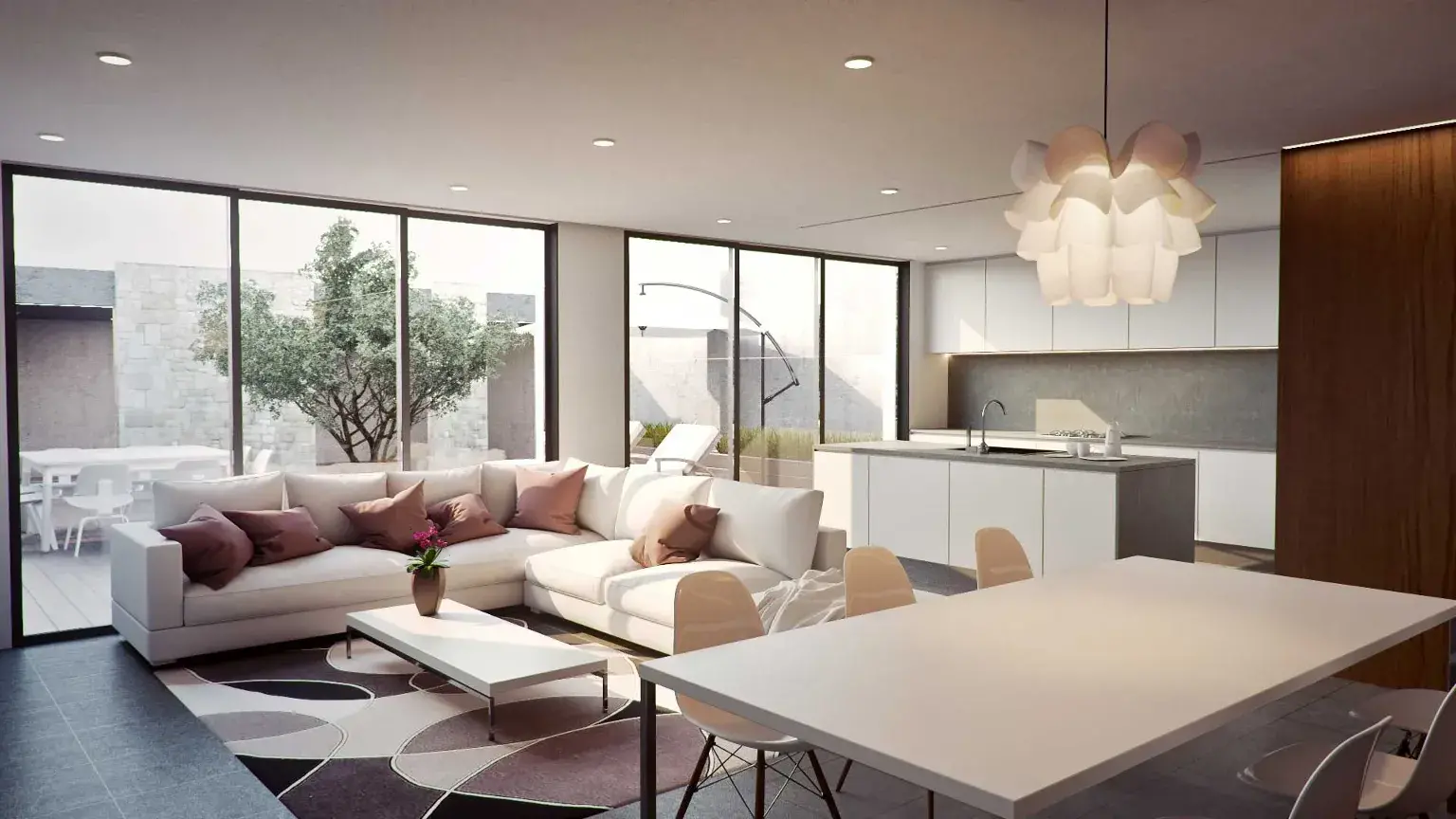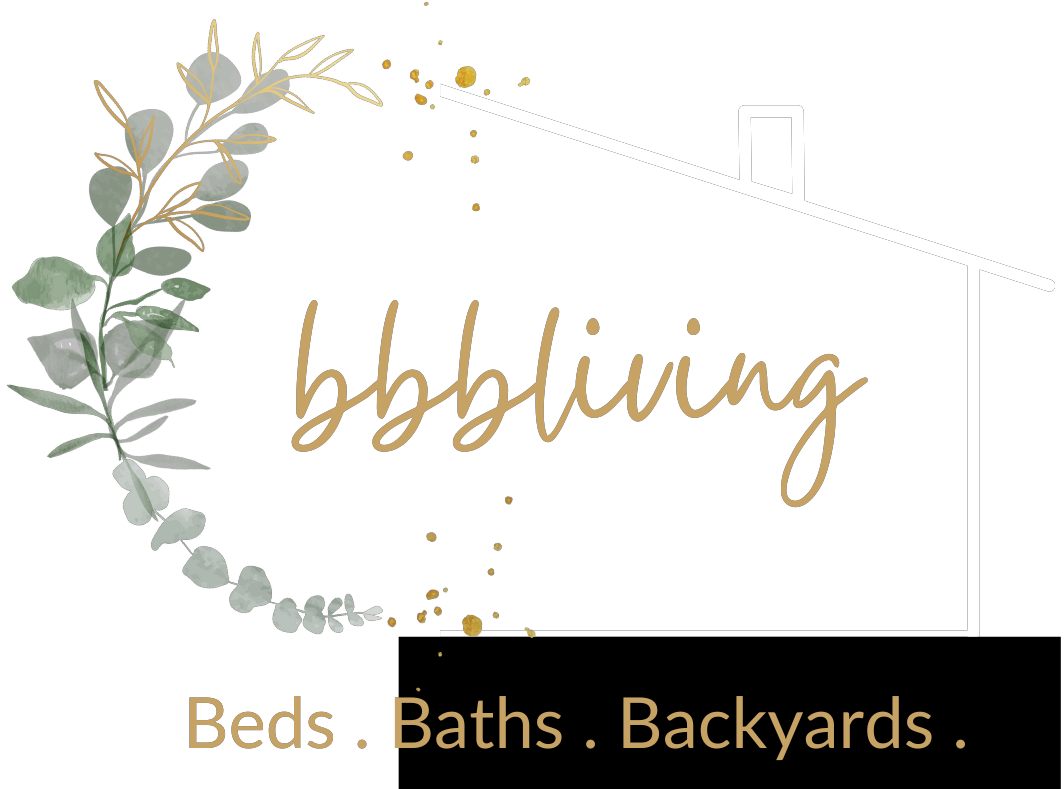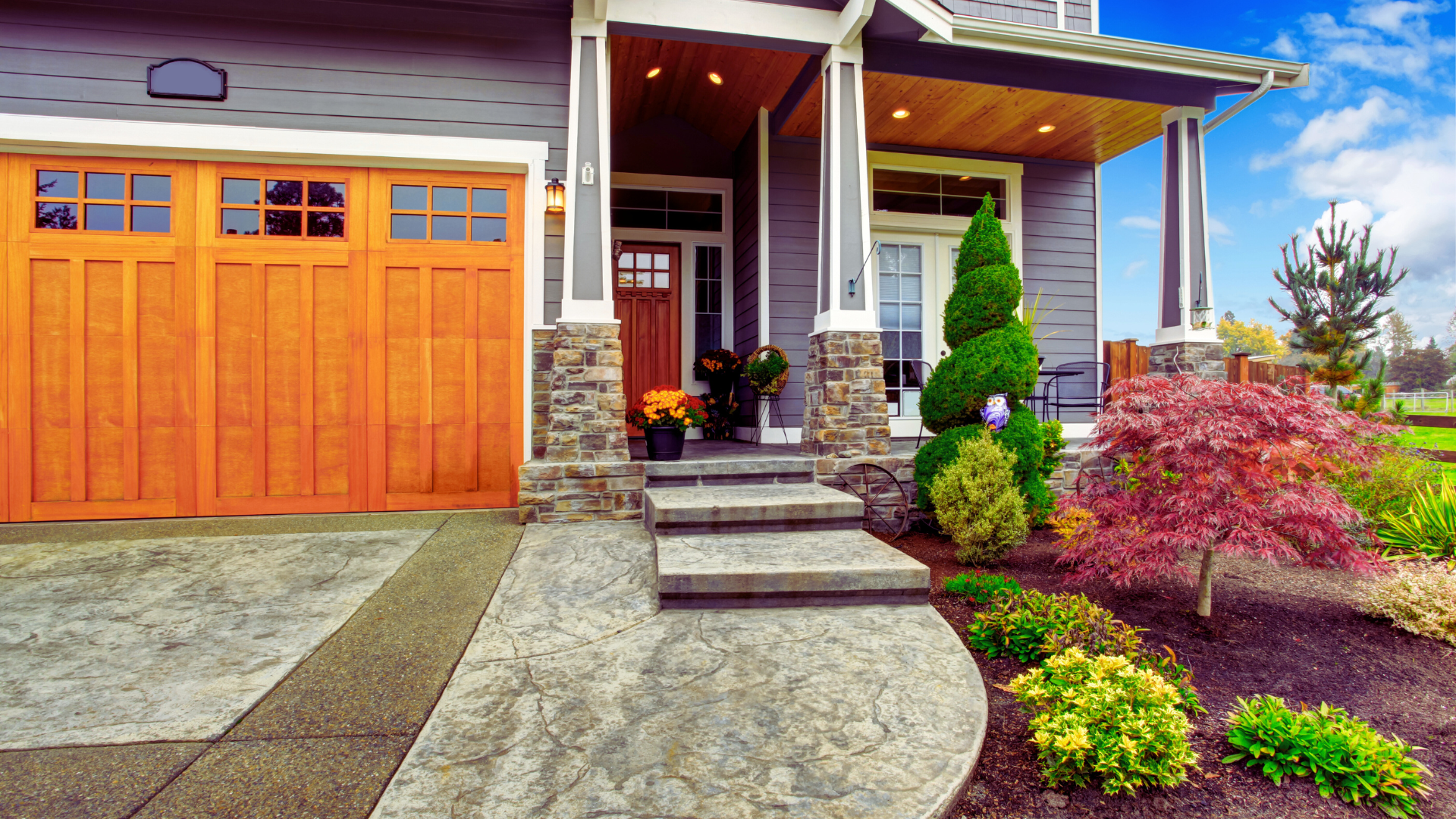Transforming a front yard into a visually appealing space can significantly enhance curb appeal without requiring excessive upkeep. Choosing low-maintenance plants allows homeowners to create stunning landscapes that remain beautiful year-round with minimal effort. These plants thrive in various conditions and provide vibrant colors and textures that can elevate any property.
Homeowners often seek solutions that blend beauty and practicality. By selecting the right low-maintenance plants, they can achieve a flourishing front yard that draws the eye, increases value, and reduces the time spent on landscaping chores. This approach not only simplifies gardening tasks but also aligns with busy lifestyles.
Incorporating low-maintenance plants into landscaping designs can make a lasting impression. They offer resilience and charm, ensuring that anyone can enjoy a stunning front yard with time to spare. Whether a seasoned gardener or a novice, the right plant choices can yield impressive results effortlessly.
Choosing the Best Low-Maintenance Plants for Curb Appeal
Selecting plants that enhance curb appeal while requiring minimal upkeep involves careful consideration of various factors. Understanding climate and soil compatibility, focusing on color and texture, and choosing plants with a compact habit are crucial steps in this process.
Understanding Climate and Soil Compatibility
Climate plays a significant role in plant selection. It’s essential to understand the local hardiness zone, which dictates what species can thrive in a specific area. For instance, certain plants are well-suited for dry, arid climates, while others flourish in humid conditions.
Soil type is equally important. Testing soil for pH and drainage can help gardeners determine which plants will perform best. Low-maintenance choices like sedums thrive in poor soil, while ornamental grasses can adapt to various conditions.
By aligning plant choices with local climate and soil characteristics, homeowners can achieve vibrant landscapes that require minimal intervention.
Color and Texture for Maximum Visual Impact
Incorporating a variety of colors and textures can significantly enhance curb appeal. Brightly colored blooms, such as daylilies or coreopsis, add vibrancy without demanding extensive care.
Textural contrast is vital. For example, combining the arching forms of feather grass with the upright structure of boxwoods provides visual interest. Using a palette of plants that bloom at different times can ensure year-round appeal.
Consider creating layers of color and texture to draw the eye. Grouping plants in odd numbers, like three or five, can create a more natural look and boost aesthetic appeal, making the landscape inviting.
Selecting Plants with a Compact Habit
Compact plants are ideal for foundation plantings or garden beds where space is limited. They require less pruning and fit neatly into various landscape designs. For example, dwarf yaupon holly offers greenery without sprawling.
When selecting low-maintenance options, consider evergreen plants that retain their form throughout the year. Miniature conifers work well for creating structure and can be delightful accents.
Additionally, plants with a compact habit, such as sedum varieties, are excellent for retaining a polished look. This strategy ensures curb appeal without the need for frequent maintenance tasks like trimming and reshaping.
Popular Shrubs and Flowers for Effortless Care
Choosing the right shrubs and flowers enhances curb appeal while minimizing upkeep. The following options provide beautiful additions to any landscape with minimal maintenance required.
Top Easy-Care Flowering Shrubs
Flowering shrubs elevate the aesthetic of any garden. Azaleas thrive in partial shade and bloom with vibrant colors in spring. Hydrangeas are known for their large, showy flowers and adapt well to various soil types.
Lilacs offer fragrant spring blooms, attracting butterflies to the garden. Spirea provides long-lasting blooms and can be easily shaped. For privacy screens, Rhododendrons deliver dense foliage and seasonal flowers.
Potentilla features small, cheerful flowers throughout summer. Weigela presents trumpet-shaped blooms, appealing to hummingbirds. Easy pruning ensures they maintain a tidy appearance. Incorporating these flowering shrubs creates a stunning display with minimal effort.
Evergreen Choices for Year-Round Appeal
Evergreen shrubs bring consistency and structure to landscapes throughout the year. Arborvitae serves as an excellent privacy screen, providing dense foliage and a natural look.
Boxwoods are versatile and can be shaped into various forms, making them ideal for formal gardens. Low-maintenance options like Abelia produce delicate flowers while maintaining a tidy appearance.
These evergreens can shield homes from wind and enhance the visual interest during winter months.
Perennial Flowers and Groundcovers
Perennial flowers and groundcovers offer lasting beauty and require minimal care. Daylilies are hardy and bloom in many colors, thriving in various conditions.
Hostas are ideal for shaded areas with lush foliage and colorful flowers. Lavender adds charm with its fragrant spikes and attracts pollinators.
For groundcovers, options like creeping thyme or sedum suppress weeds while adding texture. These plants require little water once established and thrive in diverse conditions. By choosing these options, gardens remain vibrant with minimal effort.
Design Strategies for Stunning and Simple Curb Appeal
Effective design strategies can significantly enhance curb appeal while keeping maintenance requirements low. By making thoughtful choices in plant arrangements and selecting the right varieties, homeowners can create attractive landscapes that require minimal upkeep.
Arranging Plantings for Maximum Impact
Strategic plant arrangement is key to achieving stunning curb appeal. Homeowners should start by considering the scale and height of each plant to create visual interest. Using a mix of short, medium, and tall plants in layers can draw the eye and create depth.
Foundation plantings should hug the house to frame the facade without overwhelming it. This typically means selecting low-maintenance varieties that remain tidy and consistent in shape. Examples include boxwoods or ornamental grasses.
Incorporating garden beds with seasonal color can add vibrancy. Grouping plants in odd numbers enhances aesthetic appeal and avoids symmetry overload. Additionally, using materials like pebbles or mulch for borders can help with weed control and simplify maintenance.
Using Drought-Tolerant Varieties
Choosing drought-tolerant plants is vital for reducing water usage and maintenance demands. These varieties are well-suited for low-water landscapes and can thrive in various conditions.
Examples of reliable drought-tolerant plants include lavender, sedums, and agaves. They typically require less frequent watering and can tolerate dry spells. When selecting these plants, it’s crucial to consider local climate and soil conditions.
Incorporating a mix of textures and colors enhances the landscape without increasing maintenance. Grouping similar plants together can improve visual cohesion and establish a clear focal point. Using ground covers like thyme can effectively minimize weeds, contributing to a neat and tidy appearance.


